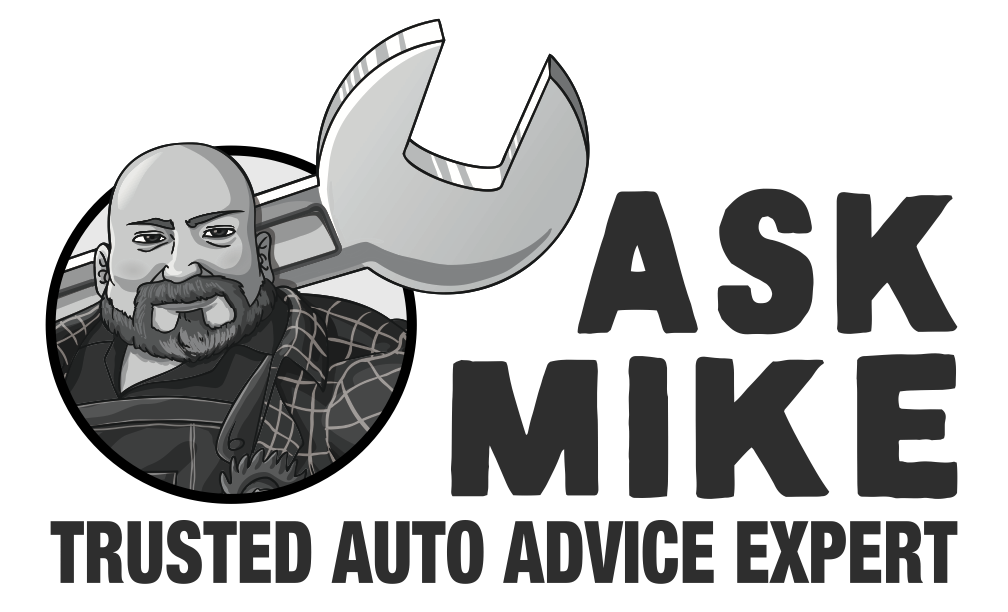Dear Mike,
I have been experiencing some strange vibrations and noises coming from my vehicle’s suspension system lately. I am not an expert, but I suspect that it may have something to do with the ball joints. I have checked the tires, brakes, and other components, but I am not sure how to tell if the ball joints require replacement. Can you provide some guidance on how to diagnose and fix this issue?
Thanks,
Axl
Dear Axl,
First off, kudos to you for taking the initiative to diagnose the issue with your suspension system. Your gut instinct about the ball joints may very well be correct, as these can be a common source of vibrations and noises. Fortunately, if that is the case, there are some steps you can take to figure out if replacement is necessary.
One of the first signs that a ball joint may be starting to fail is a noticeable clunky or squeaky noise coming from the suspension. This can occur when the ball joint is worn down enough that it is no longer providing proper stability to the wheel and other components in the suspension system. If you’re hearing these types of sounds, it’s a good idea to get your car checked out.
Another sign that something may be up with your ball joints is if you’re experiencing drifting from side to side while you’re driving. This could be particularly noticeable when you’re going around corners or turning. When ball joints are in good working order, they allow the suspension system to pivot and move smoothly. If the ball joints become worn, they can lead to instability and “wobbling” of the wheels and suspension system.
Loose or shaky steering could also be a sign that your ball joints are starting to fail. This could manifest as a feeling that the steering wheel is loose or “floaty” while you’re driving. A worn ball joint can cause the wheel and suspension to move erratically, making it difficult to keep the car in a straight line.
Lastly, uneven tire wear can point to a problem with the ball joints. If the ball joint is not functioning properly, it can cause the wheel to tilt inwards or outwards, which will cause uneven wear on the tire. This can lead to expensive tire replacements if not taken care of.
So, how can you diagnose the issue yourself? The easiest way is to take a visual inspection for any signs of damage or wear. If the ball joint is damaged or has excessive wear and tear, you’ll often be able to see it by looking at it. It’s also a good idea to take the car for a test drive and listen for any strange noises or feel for any “wobbling” in the suspension.
If you’re not comfortable doing this yourself, I would recommend bringing your car into a reputable shop to get it checked out by a professional mechanic. They will have the necessary tools and expertise to diagnose the issue accurately.
If it turns out that replacement is necessary, don’t fret! While ball joints are an important part of your suspension system, they are also relatively easy to replace with the right tools and expertise. A professional mechanic can remove the old ball joint and install a new one with minimal downtime for your vehicle.
So, in summary, keep an ear out for any strange noises or vibrations coming from your suspension system, and be sure to take your car in for regular inspections to catch any issues before they worsen. If you suspect that your ball joints may be the culprit, have a professional diagnose and fix the issue to ensure your car stays on the road and running smoothly.
Thanks for writing in, Axl, and happy motoring!
Best regards,
Mike Urban
Founder, Urban Automotive
